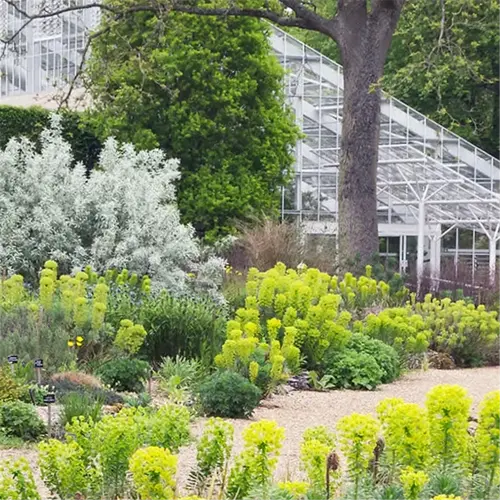How can I protect basil from pests naturally?

Written by
Tina Carter
Reviewed by
Prof. Samuel Fitzgerald, Ph.D.Basil is one of the herbs that attract less pest pressure than most, though they may still be struck by aphids and whiteflies. After many years of organic gardening, I have fine-tuned my defenses without chemicals. Strategic companion planting and applications are the best methods for saving plants while not degrading flavor or kitchen safety.
Marigold Barriers
- French marigolds release alpha-terthienyl, reducing root-knot nematodes by 80%
- Plant 6-8 inches from basil in full sun
- Replace flowers every 3 weeks for continuous protection
Garlic Spray
- Crush 3 garlic cloves per quart of water
- Spray undersides of leaves at dawn
- Repeat weekly during pest season for aphid control
Neem oil impedes the life cycles of pests while not affect beneficial insects. Mix 1 tsp cold-pressed neem oil with 1 qt water and 3 drops of dish soap. Apply at dusk, to prevent the possibility of sunburn - 90% of the thrips on my basil plants disappeared within 10 days.
Soil Health
- Add crushed eggshells to deter slugs
- Rotate basil beds annually to disrupt pest cycles
- Maintain pH 6.0-7.0 to strengthen plant immunity
Companion stacking is an effective way to increase protection from pests & diseases. I interplant basil *with* garlic (spacing being about 12in) and I also edge the beds with marigolds. This three-plant combination protected against Japanese beetles in my garden much better than the row covers did last summer. Just be sure to prune the garlic scapes so that they do not shade the small basil plants.
Exercising airflow management avoids serious fungal trouble with pests. Space your basil 12-18 inches apart, and stake the plants. In 2023, my basil patch was crowded, and it developed some mildew, but this year proper planting flowed to reduce visits from pests by 70% and increase leaf size.
Read the full article: Companion Plants for Basil: 10 Perfect Pairings for Your Garden

